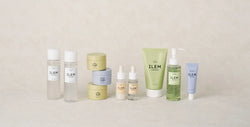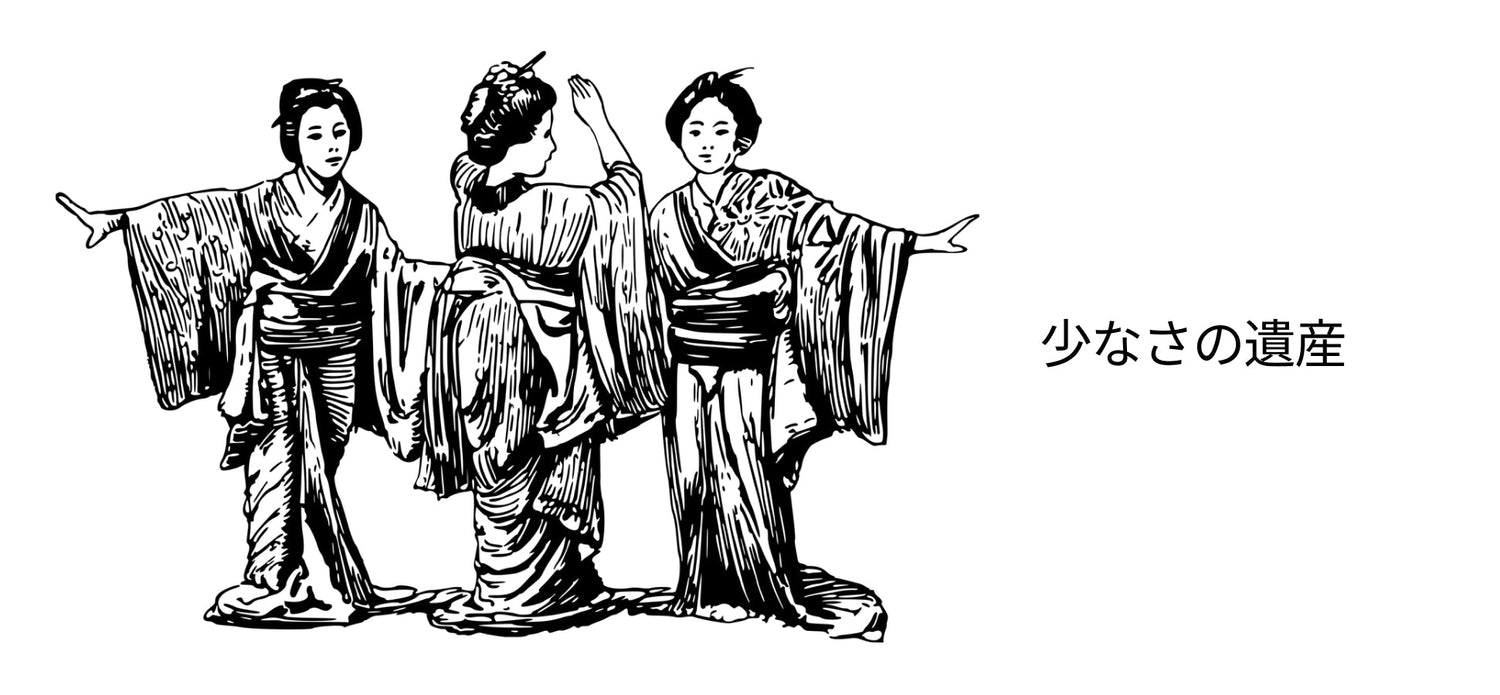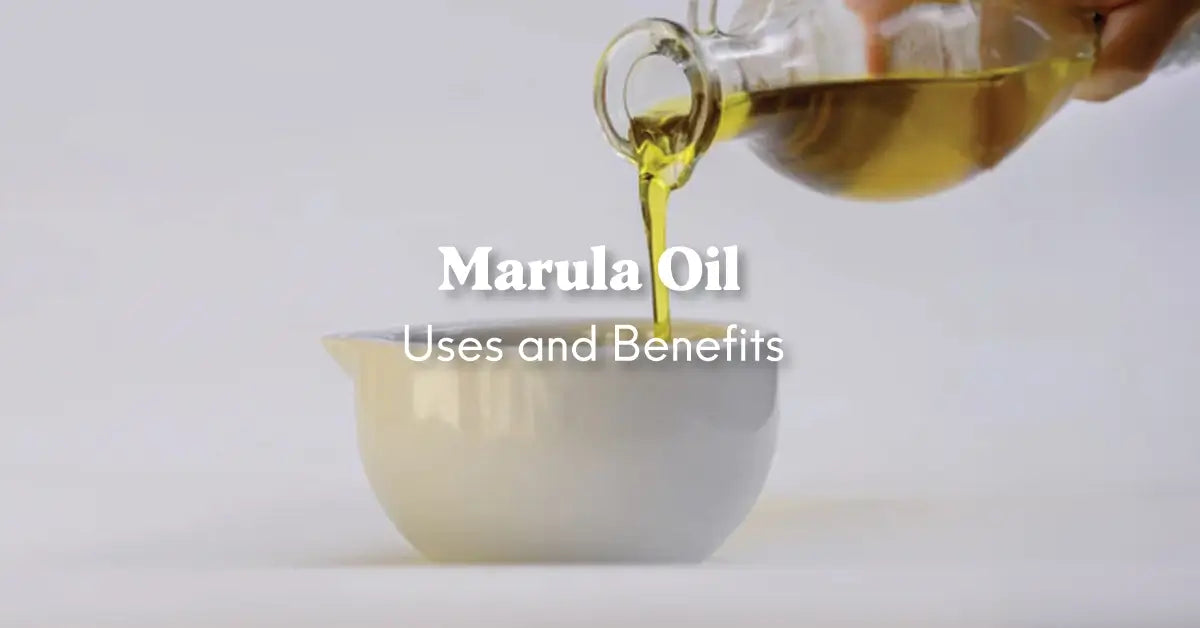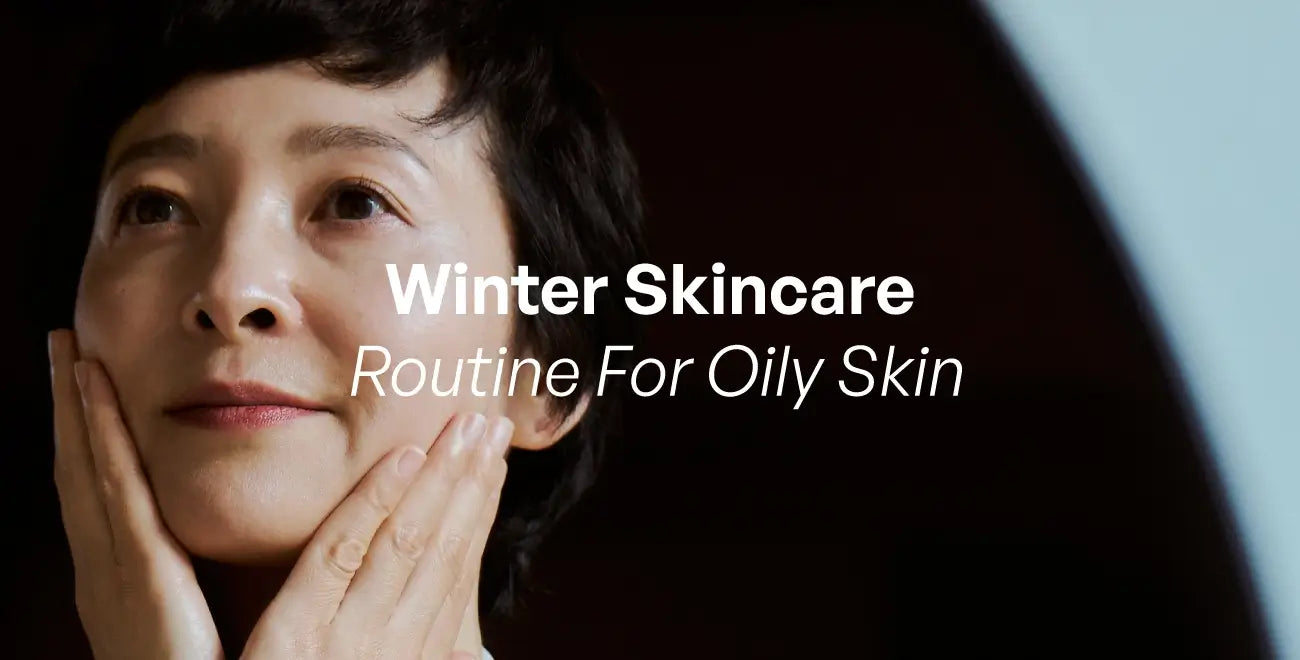10 ingredients and chemicals to avoid if you're looking for Clean Beauty
10 ingredients and chemicals to avoid if you're looking for Clean Beauty
Throughout recent years, there has been a rise in public awareness regarding the potential health risks associated with certain substances commonly found in personal care products. As a result, numerous consumers are choosing "clean" beauty products that do not contain any potentially harmful chemicals.
However, it is challenging to determine which ingredients to avoid due to the abundance of available products.
Our blog post will help you ensure that your skincare routine is safe and healthy by discussing ten commonly found components and chemicals in beauty products. Furthermore, we aim to provide guidance on making informed decisions about what you apply on your skin, covering everything from parabens to lead in the realm of clean beauty.
Parabens
The purpose of using parabens is to safeguard the product from bacterial growth and maintain its quality. However, parabens may pose health risks like allergies, hormone disruption, and cancer.
Phthalates
Some fragrances, lotions, and other products may contain phthalates, which can disrupt the endocrine system. These substances can be absorbed through the skin, a process called dermal absorption, and have been linked to reproductive issues such as infertility and miscarriage.
Triclosan
Triclosan, an antibiotic substance, has been linked to cancer, thyroid problems, and endocrine disruption. It is found in antibacterial soaps, body washes, toothpaste, deodorant, and shampoo, even though it has no known benefits.
Formaldehyde
Formaldehyde, found in skin care products and hair dyes, can harm your skin and cause scalp irritation. It may also disrupt hormone function and contribute to weight issues.
Fragrance
Fragrances in beauty products can have harmful chemicals. As a result, the International Fragrance Association bans over 1,000 compounds from use and sets standards for ingredients.
Sodium Lauryl Sulfate (SLS)
Many beauty products have an ingredient called sodium lauryl sulphate (SLS). It works as a foaming agent and surfactant, which makes it effective in cleaning away oil and dirt from your skin. But when SLS is overused, it can become an irritant that causes dryness and irritation.
Talc
Mineral talc is a common ingredient in cosmetics and personal care items. For example, it is present in cosmetics, baby powder, and other items marketed to women as "feminine." If at all possible, stay away from talc because it has been connected to cancer.
Lead
Lead is harmful and can negatively affect growth and development. It's banned in cosmetics like lipstick due to its neurotoxic properties. Look for these ingredients to avoid lead exposure:
- Carmine (a red dye)
- Lead acetate (a yellow dye)
Petroleum
Petroleum is derived from crude oil, a finite resource that can cause skin irritation. As such, avoiding using beauty products that contain petroleum is advisable, as it is not renewable.
BHA and BHT
It's common for skin care products to have preservatives such as BHA and BHT. However, these preservatives have been identified as possible carcinogens, meaning they can potentially cause cancer.
It's essential to use the right ingredients when it comes to clean beauty. At ILEM, we believe that everyone should have access to beauty products that are safe and free from harmful chemicals, which is why we make paraben-free products. In addition, we use natural fragrances from essential oils or plant extracts to create safe and effective scents.









